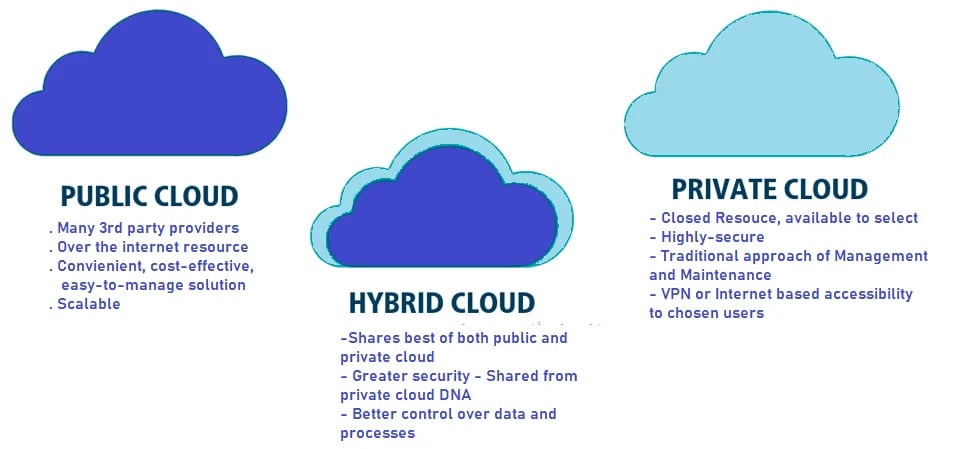What Is Speculative Execution? – ExtremeTech
[ad_1]

With a new Apple security flaw in the news, it is a great time to revisit the issue of what speculative execution is and how it functions. This subject matter obtained a great offer of discussion a couple decades in the past when Spectre and Meltdown ended up frequently in the news and new aspect-channel assaults had been popping up each several months.
Speculative execution is a method utilised to enhance the general performance of all modern-day microprocessors to a person degree or an additional, which includes chips built or made by AMD, ARM, IBM, and Intel. The modern day CPU cores that never use speculative execution are all meant for extremely-low electricity environments or minimal processing responsibilities. Different security flaws like Spectre, Meltdown, Foreshadow, and MDS all focused speculative execution a couple of decades back, ordinarily on Intel CPUs.
What Is Speculative Execution?
Speculative execution is one of three parts of out-of-order execution, also regarded as dynamic execution. Alongside with multiple branch prediction (employed to predict the guidance most very likely to be required in the in close proximity to future) and dataflow evaluation (used to align guidelines for optimum execution, as opposed to executing them in the order they came in), speculative execution delivered a extraordinary functionality enhancement around former Intel processors when initial introduced in the mid-1990s. Because these methods worked so very well, they were speedily adopted by AMD, which made use of out-of-buy processing commencing with the K5.
ARM’s focus on lower-energy cell processors in the beginning retained it out of the OOoE participating in area, but the enterprise adopted out-of-buy execution when it built the Cortex A9 and has continued to grow its use of the procedure with afterwards, more strong Cortex-branded CPUs.
Here’s how it works. Contemporary CPUs are all pipelined, which indicates they are capable of executing numerous recommendations in parallel, as revealed in the diagram under.

Picture by Wikipedia. This is a common diagram of a pipelined CPU, exhibiting how directions go by means of the processor from clock cycle to clock cycle.
Imagine that the environmentally friendly block signifies an if-then-else branch. The department predictor calculates which branch is more probably to be taken, fetches the upcoming set of instructions linked with that branch, and commences speculatively executing them just before it is aware of which of the two code branches it’ll be utilizing. In the diagram over, these speculative instructions are represented as the purple box. If the branch predictor guessed the right way, then the future established of instructions the CPU wanted are lined up and all set to go, with no pipeline stall or execution hold off.
Without branch prediction and speculative execution, the CPU doesn’t know which department it will consider until eventually the first instruction in the pipeline (the eco-friendly box) finishes executing and moves to Phase 4. Instead of getting going straight from just one set of directions to the subsequent, the CPU has to wait for the suitable guidance to arrive. This hurts system effectiveness given that it is time the CPU could be doing practical get the job done.
The reason it is “speculative” execution is that the CPU may possibly be erroneous. If it is, the technique hundreds the suitable data and executes those people instructions as an alternative. But branch predictors are not erroneous pretty frequently precision premiums are ordinarily over 95 %.
Why Use Speculative Execution?
Decades back, prior to out-of-get execution was invented, CPUs were being what we these days contact “in order” layouts. Recommendations executed in the buy they have been acquired, with no attempt to reorder them or execute them additional competently. A person of the key troubles with in-order execution is that a pipeline stall stops the overall CPU right up until the challenge is resolved.
The other dilemma that drove the advancement of speculative execution was the hole between CPU and key memory speeds. The graph down below displays the gap among CPU and memory clocks. As the hole grew, the sum of time the CPU used waiting around on main memory to provide data grew as very well. Features like L1, L2, and L3 caches and speculative execution had been made to maintain the CPU busy and limit the time it invested idling.

If memory could match the performance of the CPU there would be no require for caches.
It worked. The mix of substantial off-die caches and out-of-order execution gave Intel’s Pentium Professional and Pentium II options to stretch their legs in methods prior chips could not match. This graph from a 1997 Anandtech write-up shows the benefit clearly.

Many thanks to the mix of speculative execution and substantial caches, the Pentium II 166 decisively outperforms a Pentium 250 MMX, despite the fact that the latter has a 1.51x clock pace advantage about the former.
Finally, it was the Pentium II that shipped the gains of out-of-purchase execution to most shoppers. The Pentium II was a speedy microprocessor relative to the Pentium methods that had been leading-close just a small although before. AMD was an unquestionably capable 2nd-tier alternative, but until the initial Athlon released, Intel had a lock on the absolute functionality crown.
The Pentium Pro and the later Pentium II were significantly more rapidly than the before architectures Intel used. This was not assured. When Intel created the Pentium Professional it put in a sizeable amount of its die and electricity finances enabling out of order execution. But the guess paid off, major time.
Intel has been susceptible to far more of the facet-channel assaults that a
rrived to industry about the earlier 3 a long time than AMD or ARM because it opted to speculate extra aggressively and wound up exposing selected kinds of details in the system. Several rounds of patches have reduced all those vulnerabilities in preceding chips and more recent CPUs are intended with protection fixes for some of these issues in hardware. It will have to also be mentioned that the possibility of these types of side-channel attacks continues to be theoretical. In the several years since they surfaced, no attack applying these techniques has been documented.
There are differences among how Intel, AMD, and ARM put into practice speculative execution, and these dissimilarities are portion of why Intel is uncovered to some of these attacks in ways that the other suppliers aren’t. But speculative execution, as a technique, is just considerably much too important to halt utilizing. Each individual solitary substantial-stop CPU architecture nowadays works by using out-of-buy execution. And speculative execution, though executed otherwise from corporation to organization, is utilised by every single of them. With no speculative execution, out-of-buy execution wouldn’t perform.
The Condition of Facet-Channel Vulnerabilities in 2021
From 2018 – 2020, we observed a range of side-channel vulnerabilities mentioned, which includes Spectre, Meltdown, Foreshadow, RIDL, MDS, ZombieLoad, and others. It grew to become a little bit fashionable for security scientists to challenge a significant report, a current market-helpful identify, and occasional hair-elevating PR blasts that elevated the specter (no pun intended) of devastating safety issues that, to day, have not emerged.
Aspect-channel investigation proceeds — a new likely vulnerability was identified in Intel CPUs in March — but aspect of the reason facet-channel assaults work is because physics will allow us to snoop on information working with channels not supposed to convey it. (Side-channel attacks are attacks that focus on weaknesses of implementation to leak data, instead than concentrating on a unique algorithm to crack it).
We study factors about outer area on a standard foundation by observing it in spectrums of electrical power that people cannot in a natural way understand. We check out for neutrinos utilizing detectors drowned deep in spots like Lake Baikal, specifically mainly because the qualities of these spots help us discern the faint signal we’re wanting for from the sound of the universe likely about its company. A great deal of what we know about geology, astronomy, seismology, and any subject exactly where immediate observation of the facts is both not possible or impractical conceptually relates to the notion of “leaky” aspect channels. People are very good at teasing out details by measuring indirectly. There are ongoing attempts to design chips that make aspect-channel exploits more tough, but it is heading to be extremely challenging to lock them out totally.
This is not meant to indicate that these protection problems are not major or that CPU companies really should toss up their arms and refuse to deal with them since the universe is inconvenient, but it is a big recreation of whack-a-mole for now, and it may perhaps not be possible to secure a chip versus all these types of attacks. As new safety approaches are invented, new snooping solutions that count on other facet channels might surface as very well. Some fixes, like disabling Hyper-Threading, can improve stability but arrive with sizeable effectiveness hits in certain programs.
Fortunately, for now, all of this back-and-forth is theoretical. Intel has been the corporation influenced the most by these disclosures, but none of the aspect-channel disclosures that have dropped considering the fact that Spectre and Meltdown have been used in a public assault. AMD, likewise, is conscious of no group or business concentrating on Zen 3 its recent disclosure. Troubles like ransomware have turn into far even worse in the past two a long time, with no want for help from aspect-channel vulnerabilities.
In the lengthy run, we be expecting AMD, Intel, and other sellers to go on patching these issues as they come up, with a mix of hardware, software, and firmware updates. Conceptually, aspect-channel attacks like these are extremely tough, if not extremely hard, to avoid. Specific difficulties can be mitigated or worked around, but the mother nature of speculative execution means that a specified amount of info is likely to leak underneath distinct conditions. It might not be attainable to avoid it without the need of offering up far more functionality than most end users would ever want to trade.
Now Examine:
Look at out our ExtremeTech Explains series for more in-depth protection of today’s hottest tech topics.
[ad_2]
Resource hyperlink




